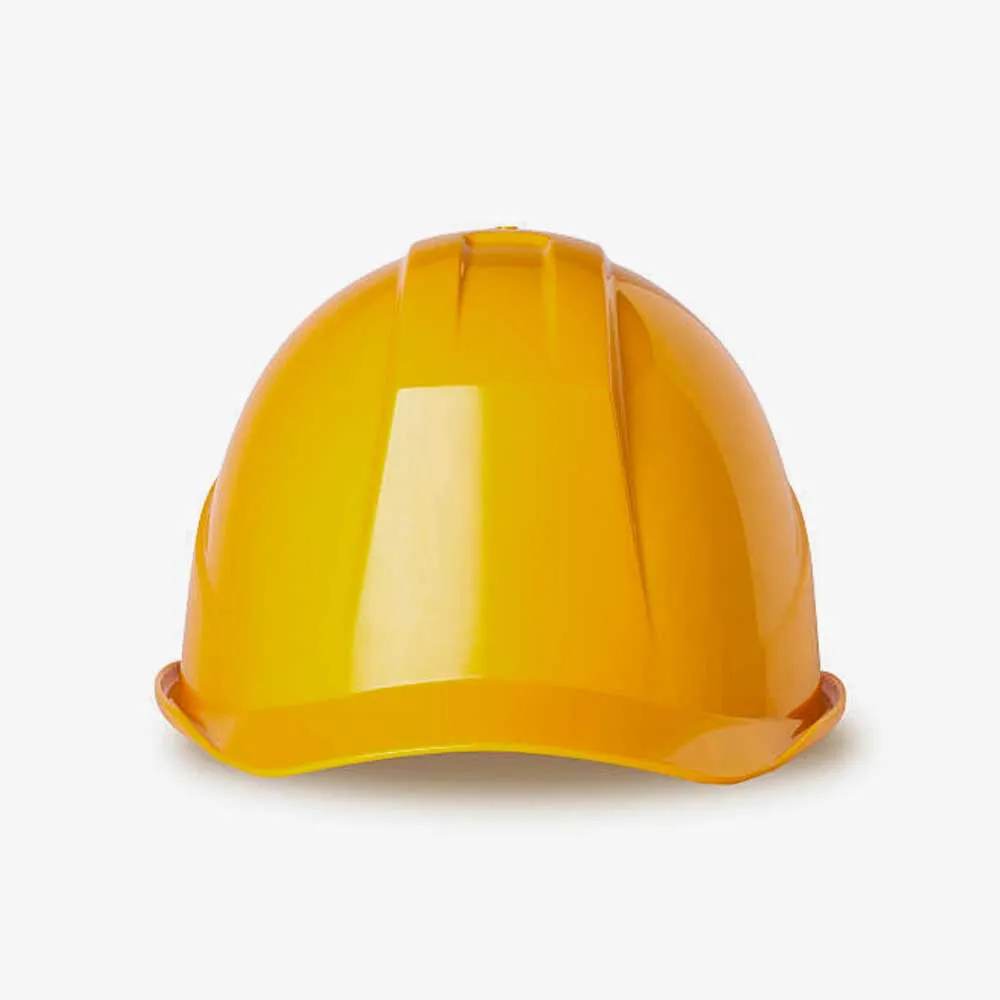What is Helmet Diecast
Helmet diecast models are meticulously crafted miniature replicas of helmets, typically made from diecast metal. These collectibles capture the intricate details of the real-life helmets worn by racers, soldiers, or fictional characters, making them highly sought after by enthusiasts. The appeal lies in their realism, the variety of designs available, and the historical significance they often represent. They are not just toys; they are miniature works of art that reflect the passion for motorsports, military history, or pop culture. The level of detail can vary, but the best examples replicate every curve, vent, and decal, offering a tangible connection to the subject.
Why Collect Helmet Diecast
Collecting helmet diecast models offers several compelling advantages. First, they are relatively affordable compared to owning the full-size helmets. Second, they are incredibly diverse. You can collect helmets from Formula 1, MotoGP, the military, or even fictional characters, providing collectors with a wide array of options. Furthermore, collecting these models can be a rewarding hobby, connecting you with like-minded people in online and offline communities. They are also an excellent way to showcase your interests and create a personalized display. The investment potential can be significant, with rare or limited-edition models appreciating in value over time, making them a tangible and fascinating investment.
Top 7 Helmet Diecast Buying Tips
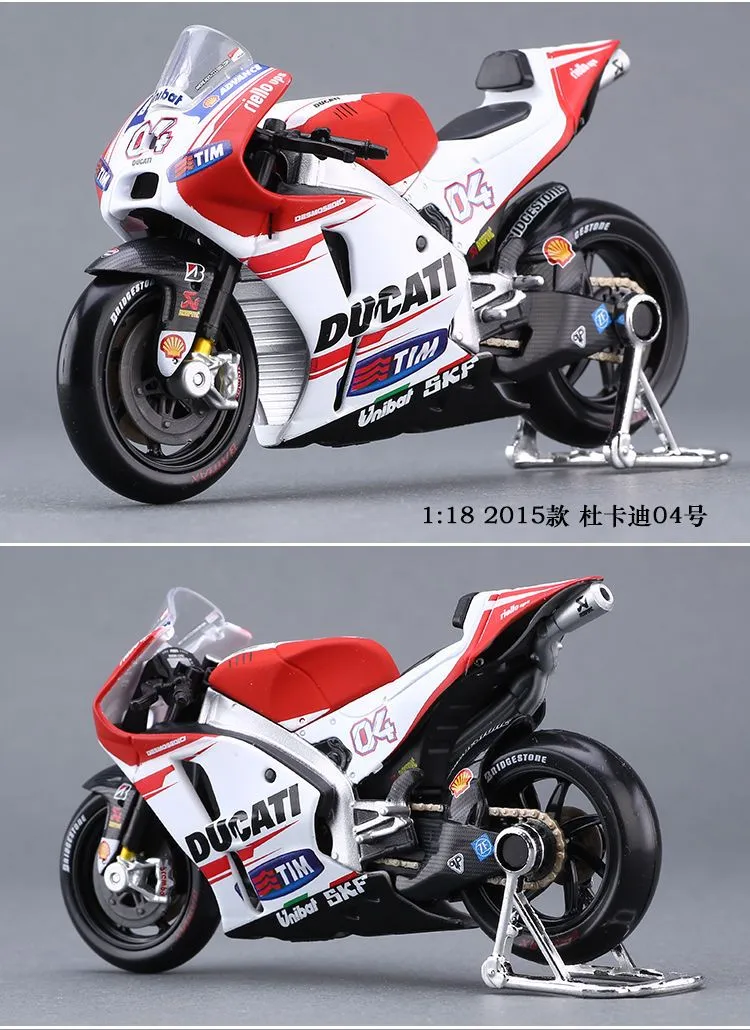
Navigating the world of helmet diecast collecting can be exciting and rewarding. However, to ensure your collecting experience is positive, it’s important to be well-informed. This guide offers 7 critical tips for buying helmet diecast models, helping you make informed decisions, avoid common pitfalls, and build a valuable collection.
Tip 1 Research the Brand
Start by researching the brand. Different manufacturers are known for varying levels of quality, detail, and accuracy. Brands like Minichamps, Spark, and CMC are highly regarded for their precision and high-end finishes, often with hand-painted details and authentic decals. Other brands may offer more budget-friendly options, but the detail might be less refined. Look for brands known for producing accurate replicas of specific helmet designs. This research helps set expectations and guides you toward reliable sources that meet your quality standards. Examining reviews and comparing different brands is an essential step to determine which brands best align with your interests and budget, ultimately affecting the long-term value of your collection.
Tip 2 Check the Scale
Helmet diecast models come in various scales, with 1:5 and 1:8 being among the most common. The scale determines the relative size of the model compared to the real helmet. A 1:5 scale model is one-fifth the size of the original, while 1:8 is one-eighth. Understanding the scale is crucial for several reasons. First, it allows you to plan your display space. Second, it impacts the level of detail the manufacturer can achieve. Larger scales tend to offer greater detail due to the increased surface area. Third, it can affect the price, with larger scales often costing more. Make sure that the scales you choose align with your desired aesthetic and collecting goals, and consider a consistent scale for a cohesive display.
Tip 3 Examine the Details
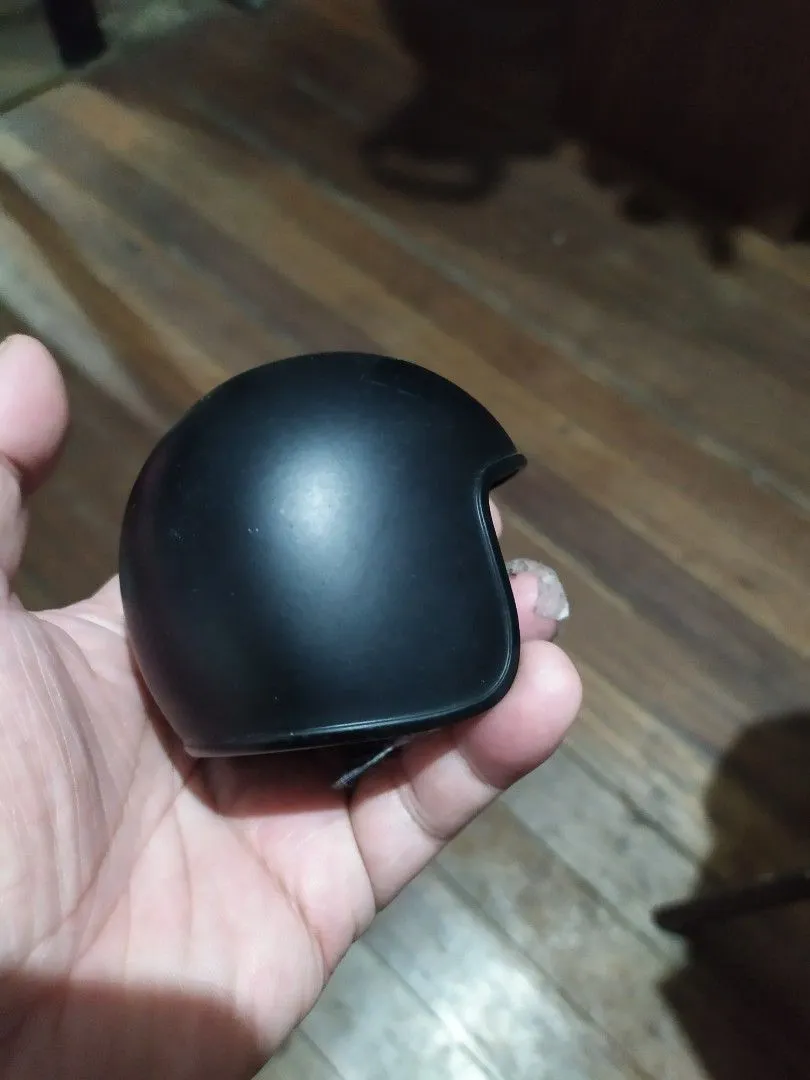
Pay close attention to the details of the helmet diecast. Look for accuracy in the shape, the placement of vents and visors, and the finish. Examine the decals for their quality and accuracy. High-quality models will feature intricate details that replicate the real helmet. Check for imperfections such as paint drips, misaligned decals, or poorly molded parts. These details can significantly affect the model’s overall appearance and value. Inspecting the interior of the helmet can also be informative; some models include detailed interiors to mimic the padding and other features of the original. The finer the details, the more valuable and desirable the model is likely to be to collectors.
Tip 4 Verify Authenticity
Authenticity is of paramount importance when buying helmet diecast models. Counterfeit models are prevalent, so verify the item’s authenticity before making a purchase. Check for official licenses, if applicable, and examine the packaging. Look for a certificate of authenticity or any documentation that confirms the model’s origin. Compare the model to official images or information from the manufacturer. Be wary of deals that seem too good to be true, as these often indicate counterfeit products. Buying from reputable dealers or established online marketplaces can reduce the risk of purchasing a fake. Authenticity ensures that you acquire a genuine collectible and protect the investment in your collection.
Tip 5 Assess the Condition
The condition of a helmet diecast model significantly impacts its value and appeal. Carefully assess the model’s condition, paying attention to any damage, wear, or imperfections. Check for scratches, dents, or paint chips on the helmet and the base. Examine the decals for any signs of peeling or damage. Also, consider the packaging; original packaging that is in good condition can increase a model’s value. The better the condition of a model, the more desirable it will be for collectors, particularly if the model is rare or vintage. Evaluate the condition accurately to assess the model’s true value and ensure you are satisfied with your purchase. The overall condition is a critical factor in determining both the display quality and investment potential of a helmet diecast model.
Tip 6 Compare Prices
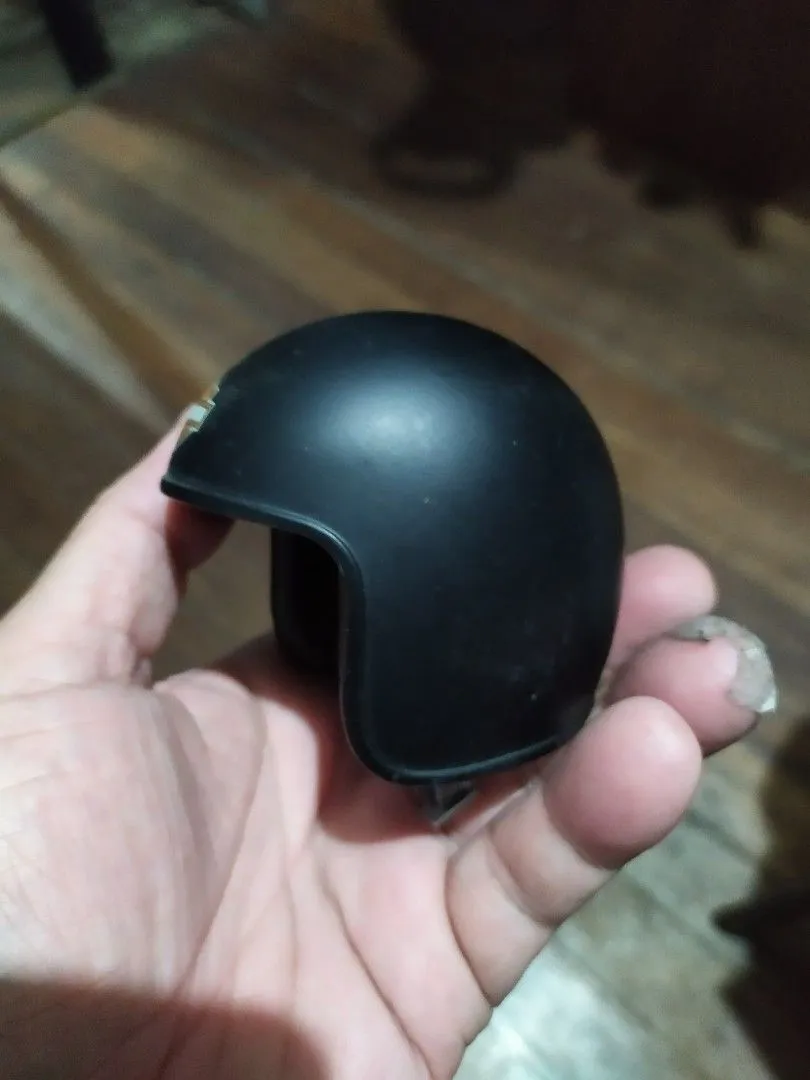
Comparing prices is an essential step to ensure you get a fair deal. Research the average selling price of the specific helmet diecast model you’re interested in. Check different sources, including online marketplaces, specialty shops, and auction sites. Consider the model’s condition, rarity, and any special features that might influence its price. Be wary of prices that are significantly higher or lower than the average. A price that is too high might indicate an inflated value, while a price that is too low could be a sign of a counterfeit or damaged item. Comparing prices allows you to make an informed decision, and find the best value. Consider shipping costs, taxes, and any other fees when comparing prices to avoid unexpected expenses.
Tip 7 Consider Rarity
Rarity often plays a significant role in the value and desirability of helmet diecast models. Limited edition models, those produced in small quantities, are generally more valuable than standard models. Look for models with specific details or features that make them unique, like those commemorating a special event, a driver’s championship, or a famous race. Research the production numbers of the model to determine its rarity. Models that are out of production are often more sought after by collectors. Rarity contributes to the long-term investment potential of a model, and the uniqueness adds to the thrill of collecting. Consider the rarity and production numbers when deciding which helmet diecast models to add to your collection to maximize your investment.
Where to Buy Helmet Diecast
Finding the right place to buy helmet diecast models is essential for building your collection. Fortunately, there are several avenues to consider, each offering unique advantages.
Online Marketplaces

Online marketplaces like eBay and specialized forums offer vast selections and competitive prices. These platforms provide access to a wide range of sellers and models, from common releases to rare finds. It allows you to compare prices from different sellers. Ensure the seller has positive feedback and reviews. Pay attention to details about shipping costs and return policies. Use the platform’s protection features when making a purchase. It can be a great way to find unique and varied options but requires careful vetting of sellers and products.
Specialty Shops
Specialty shops are dedicated to selling collectibles, including helmet diecast models. These shops typically offer a curated selection, and the staff are knowledgeable about the products they sell. They can provide expert advice. Purchasing from a specialty shop can reduce the risk of buying counterfeits. Visit shops in your local area or explore online retailers. Be prepared to pay a premium for this level of service and expertise, but the assurance of authenticity and personalized advice can make the investment worthwhile. Consider their return policies and whether they offer any guarantees on their products.
Collectors Fairs
Collectors fairs and shows are excellent opportunities to find helmet diecast models and connect with fellow enthusiasts. These events bring together dealers and collectors from various locations, offering a diverse selection of items. You can often negotiate prices and see the models in person before buying. It’s a chance to examine the models and assess their condition. It’s also a great way to learn more about collecting and expand your network. Stay updated about upcoming events in your area and be prepared to spend time browsing and interacting with other collectors. This approach offers hands-on experiences and fosters a sense of community.
How to Care for Your Helmet Diecast

Proper care ensures your helmet diecast models remain in excellent condition and retain their value. Following are some key considerations for the preservation of your collection.
Cleaning and Storage
Regular cleaning is crucial to remove dust and debris that can accumulate on the models. Use a soft brush or cloth to gently wipe the surface. Avoid using harsh chemicals or abrasive cleaners that could damage the paint or decals. Store your helmet diecast models in a cool, dry place, away from direct sunlight and extreme temperatures. UV light can fade the paint and damage the decals. Consider using display cases or protective boxes to protect the models from dust, moisture, and accidental damage. Proper storage protects your investment and ensures your models remain in pristine condition. Handle the models with care, particularly those with delicate parts or intricate details.
Displaying Your Collection
How you display your helmet diecast models is an important aspect of their presentation and preservation. Consider using display cases or shelves to showcase your collection. These protect the models from dust and provide an attractive way to exhibit them. Arrange your models thematically, perhaps by driver, team, or era, to create an engaging display. You can also incorporate lighting to highlight the details and enhance the overall aesthetic. Avoid displaying models in areas where they are exposed to direct sunlight or extreme temperatures. Organize your display in a way that allows you to easily access and appreciate each model. A well-designed display adds to the enjoyment of your collection and protects your investment.
Conclusion
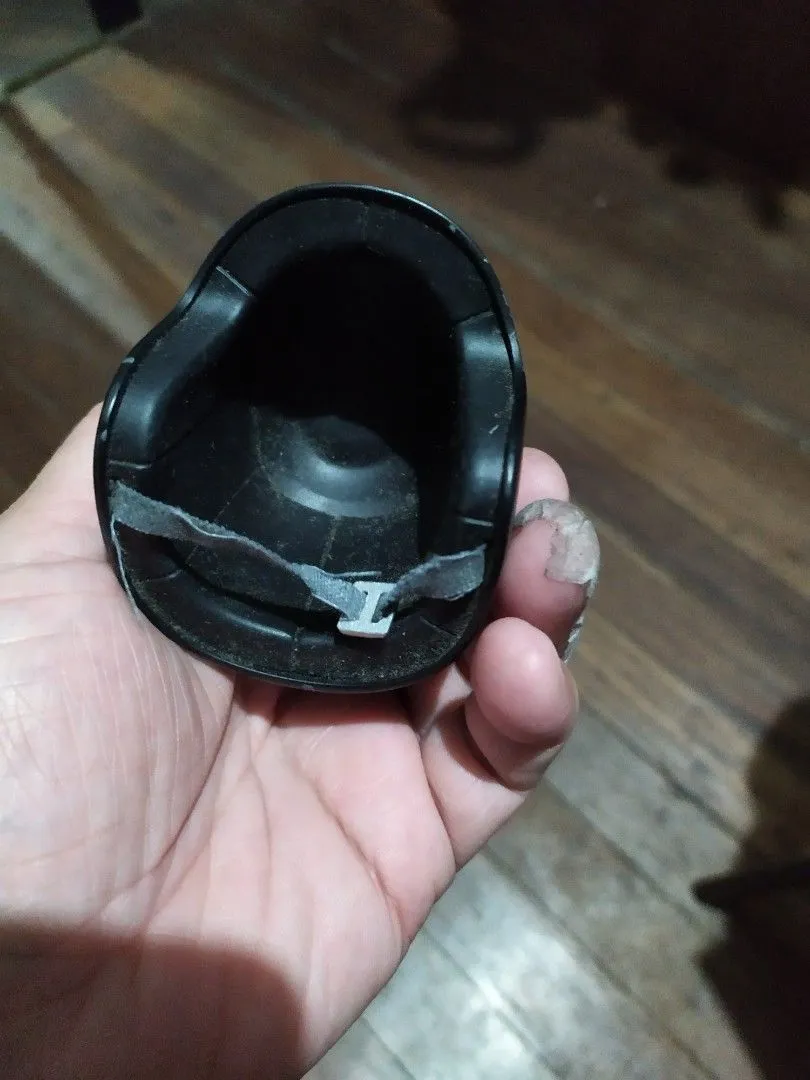
Collecting helmet diecast models can be a rewarding hobby, offering a blend of passion and investment potential. By following these tips, you can make informed decisions, build a valuable collection, and enjoy the journey of collecting these miniature works of art. From the initial research to the final display, each step contributes to the preservation of your collection and the enjoyment you derive from it. Whether you are a seasoned collector or a beginner, the world of helmet diecast models offers something for everyone. Start with the tips and continue to explore and discover the world of helmet diecast collecting.
